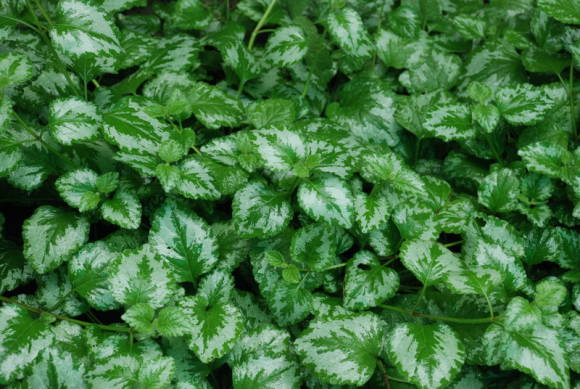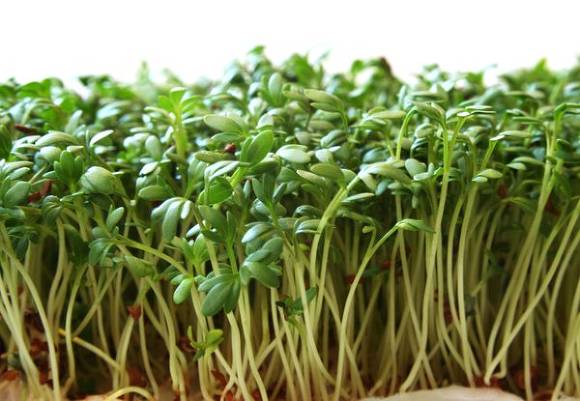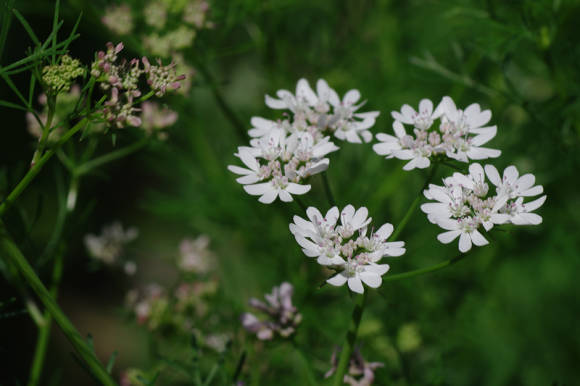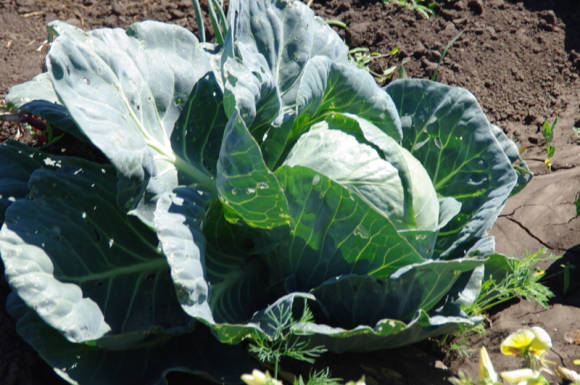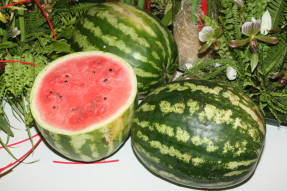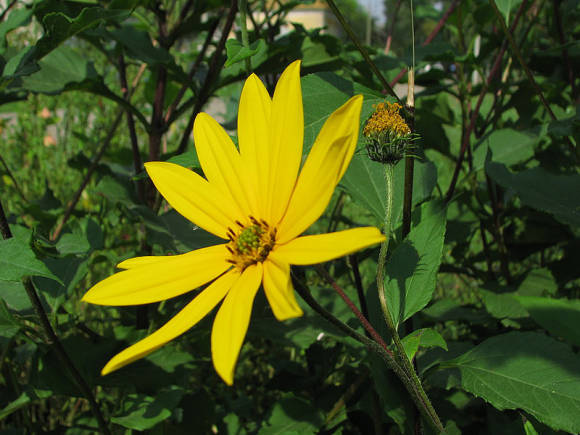
Schefflers with their large glossy umbrella-shaped leaves will decorate any interior. It is a favorite houseplant and can be found in almost all flower shops. Schefflers are widely used in the design of office space, they are used to plant trees in shopping centers, hotel lobbies, and theater lobbies. Such popularity is explained not only by their high decorative qualities, these plants are surprisingly easy to maintain, durable, tolerate a lack of light and low humidity in most indoor spaces. Scheffler is also considered a good air freshener, the leaves release oxygen and absorb pollutants such as benzene and formaldehyde.
Schefflera radiant(Schefflera actinophylla) with large pointed leaves known as Sheffler Amati, or Amate (Schefflera amate) or Umbrella tree. It grows up to 3 m, is often sold as a wide composition of three plants and is more suitable for landscaping spacious rooms.
 |  |
Numerous varieties shefflers tree(Schefflera arboricola), Known as the Dwarf Umbrella Tree, many of which are variegated, it is sold both in small pots one plant at a time that can be placed on the table, and in the form of standard trees with wicker trunks or multi-stemmed tall columns that will decorate large offices.
The care requirements for both species are the same, plants can adapt to almost any indoor growing conditions, but good growth requires compliance with certain rules for their maintenance.
Lighting... Schefflera prefers medium lighting. Find a spot for her near a window where she gets bright, but not direct sunlight. In offices, the plant will be able to stand under artificial lighting, but in a dark corner, growth will slow down significantly, it is better to give preference to large specimens with green foliage. With a lack of light, the stem of a sheffler can be very elongated and become flexible, and variegated varieties will lose color contrast. With excessive light, small red spots appear on the leaves, in severe cases - burns. Rotate the plant around the light source from time to time for even crown growth.
Temperature. This tropical plant is afraid of the cold, it is optimal to maintain the temperature in the room around + 20 ... + 24 ° C, in winter the temperature should not fall below +16 ° C in order to avoid the leaves falling off. The minimum damaging temperature is +7 ° C. Place a thermometer near the bottom of the pot on a cool windowsill or on the floor to keep the roots from cooling. Do not place the plant close to cold glass and heating appliances, avoid frosty drafts.
Watering rare. The main problem when growing shefflers is root rot from waterlogging. Let the soil in the pot dry well, in summer to at least 2/3 of the height of the pot, and in winter almost completely, and then pour abundantly with lukewarm water so that the entire volume of soil is moistened and the water reaches all the roots. Do not allow the water to stagnate in the pot, be sure to drain the excess from the pallet after 15-30 minutes. If in doubt, postpone watering for a few more days, the sheffler will do much better with a little overdrying than with frequent watering. Properly composed, well-drained soil and a small pot size will help to avoid waterlogging. A sign of waterlogging is the appearance of brown spots on the leaves, their massive yellowing and dropping.
Read more in the article Watering rules for indoor plants.
Air humidity it is desirable to maintain a medium, although glossy sheffler leaves put up with dry indoor air.Low humidity is harmful not only to most plants, but also to people, so it is better to install humidifiers or at least spray the leaves of indoor plants 1-2 times a day.
Dormant period in this tropical plant, it is forced and is associated with a deterioration in conditions, primarily lighting, in winter. If the plant is kept in a warm winter garden and provided with bright lighting for 12 hours a day, then it will continue to grow actively, watering and feeding are carried out according to the summer schedule.
Bloom in indoor conditions it occurs extremely rarely. But in a greenhouse or winter garden, adult plants may form loose apical panicles with small flowers.
 |  |
Soil and transplant. For shefflers, ready-made peat universal soil for indoor plants with the addition of about ¼ of the volume of perlite is suitable. A well-drained substrate throughout the volume will not allow water to stagnate and will allow air to freely approach the roots, which will ensure their health.
Transplants are carried out as needed, when the lump is densely absorbed by the roots, and only by careful transshipment during the period of active growth, usually from spring to autumn.
- Soils and soil mixtures for indoor plants
- Transplanting indoor plants
Top dressing. Schefflera does not need large doses of fertilizers. In offices, with insufficiently bright lighting, when growth is slowed down, it is fed 1-2 times a year. Under favorable conditions, fertilization in 1/4 dosage can be applied during the entire period of active growth. Use ready-made mineral complex universal or fertilizers for decorative foliage plants with microelements.
Read more in the article Top dressing of indoor plants.
Pruning and shaping... Schefflera prefers to grow one stem up, not giving off side branches. As they age, the lower leaves fall off, exposing the stem. To stimulate the growth of side shoots, cut the crown off to the desired height. Schefflera tolerates pruning well, but do not leave areas of the stems completely naked, without a single leaf on top, they are prone to drying out. Pruning will also be needed for a plant that is strongly elongated from a lack of light. Try to root the cut off shoots.
Liana-like tall stems usually need support.
Read more in the article Methods for the formation of indoor plants.
Attention! Plant sap contains calcium oxalate, a substance quite common for the human body and found in many vegetables and herbs, but in high concentrations can cause irritation of mucous membranes, edema. Therefore, exclude the possibility of eating the plant by small children and pets, and with sensitive skin, work with a shefflera with gloves.

Reproduction species Scheffler is possible by sowing seeds, but varietal plants are obtained only by vegetative methods - by cuttings or layering.
The seeds are sown in a pre-steamed and moderately moist substrate of equal parts peat and perlite, poured into shallow containers, to a depth of about 1 cm, or individually planted (which is preferable) in cups or peat / coconut tablets. Then they are covered with a film on top at a distance of several centimeters above the ground or placed in greenhouses to prevent the substrate from drying out quickly. At a temperature of about + 22 ... + 25 ° C, seedlings appear in about 20-30 days.
For grafting, take the shoots obtained in the process of pruning, their apical and intermediate parts 12-20 cm long. The sections, if necessary, are updated with a clean sharp blade. Each piece should have several well-developed leaves. Further, rooting in a greenhouse using Kornevin takes place according to the standard method. Rooting success is influenced by the condition of the plant and its variety. Cuttings from healthy plants give roots well, variegated varieties take root worse than green ones.
Read more in the article Cutting indoor plants at home.
If you have no experience in grafting and are afraid to cut the crown off, you can try the air cut method. A place on the stem is selected where the cut of the cutting would pass, but the cut is not carried out. The stem in this place is processed with dry Kornevin, covered with a layer of wet sphagnum 2-3 cm, wrapped on top with a film. The moss is regularly moistened with a sprayer. After about 1-2 months, root growth in the wrapped area can be expected. After the formation of the roots, a transverse cut is made below the wrapper, and the finished, already rooted stalk is planted in a small glass for growing in a greenhouse. If the roots still do not appear, remove the harness.
Pests. If a mealybug, scale insects, aphids are found, treat the plant with a systemic insecticide (Aktara, Confidor, etc.). From dry air and frequent overdrying, the plant can be strongly affected by spider mites - arrange a warm shower, treat with acaricides (Nissoran, Fitoverm, etc.).
Read more in the article Houseplant pests and control measures.
Possible problems when growing shefflers
- gradual shedding of the lower leaves is the norm. The average lifespan of a leaf is about 3 years.
- massive leaf fall possibly from waterlogging, hypothermia.
- black spots on the leaves, their yellowing caused by waterlogging.
- blackening of all leaves at the same time - the result of frostbite.
- small reddish-brown, sometimes raised spots on the leaves may appear from excessive lighting.
- large white spots from the side of the glass - sunburn.
- small light brown bumps along the stem - the rudiments of aerial roots and the natural shape of the trunk are the norm for shefflers. But they should be distinguished from damage by the scabbard, a pest insect that is also often found on the plant. Gently try to remove the patch with your fingernail. If it separates easily without damaging the stem, then it is a scale insect. If you can't pick it off, then this is part of the plant.

